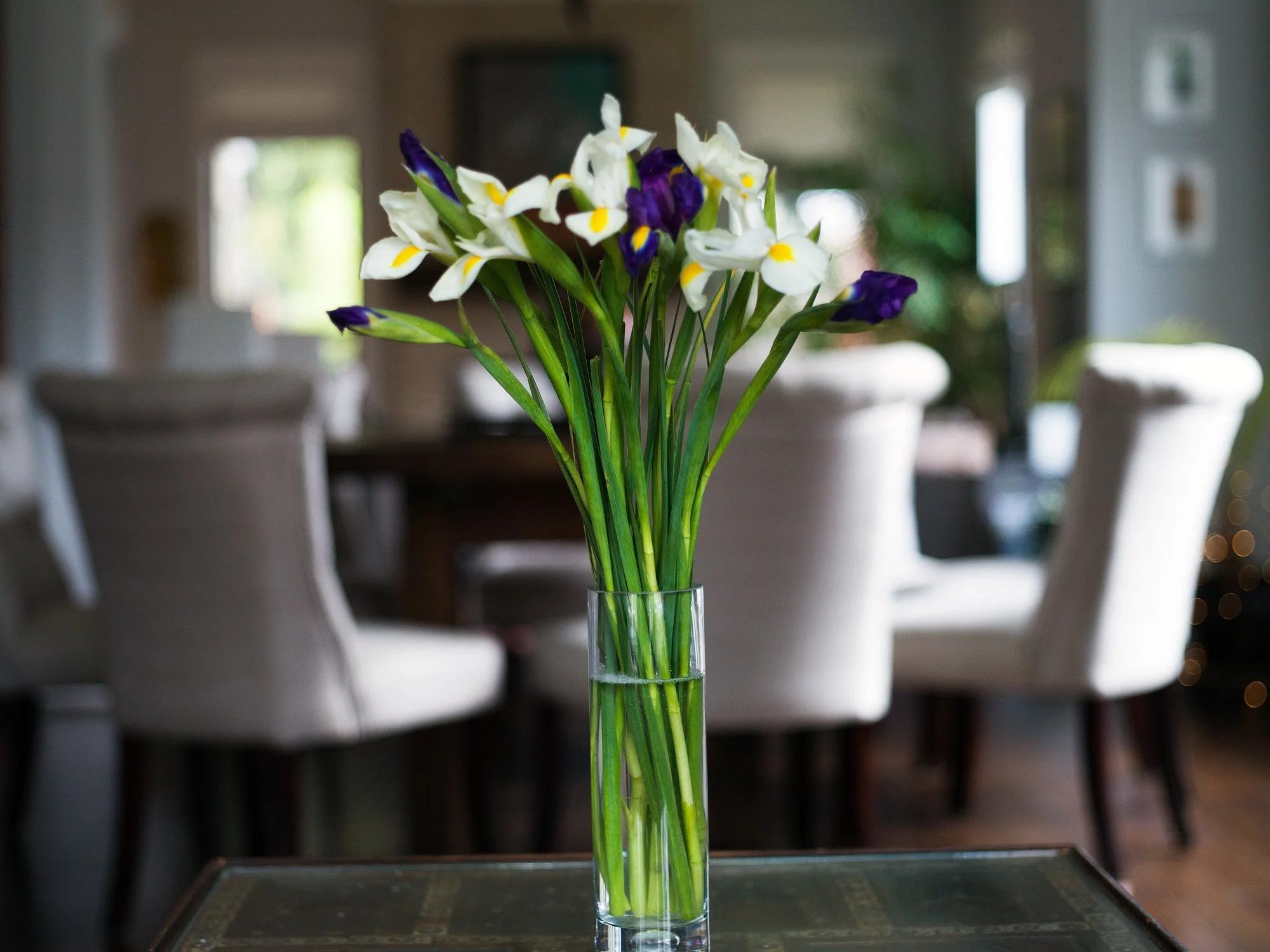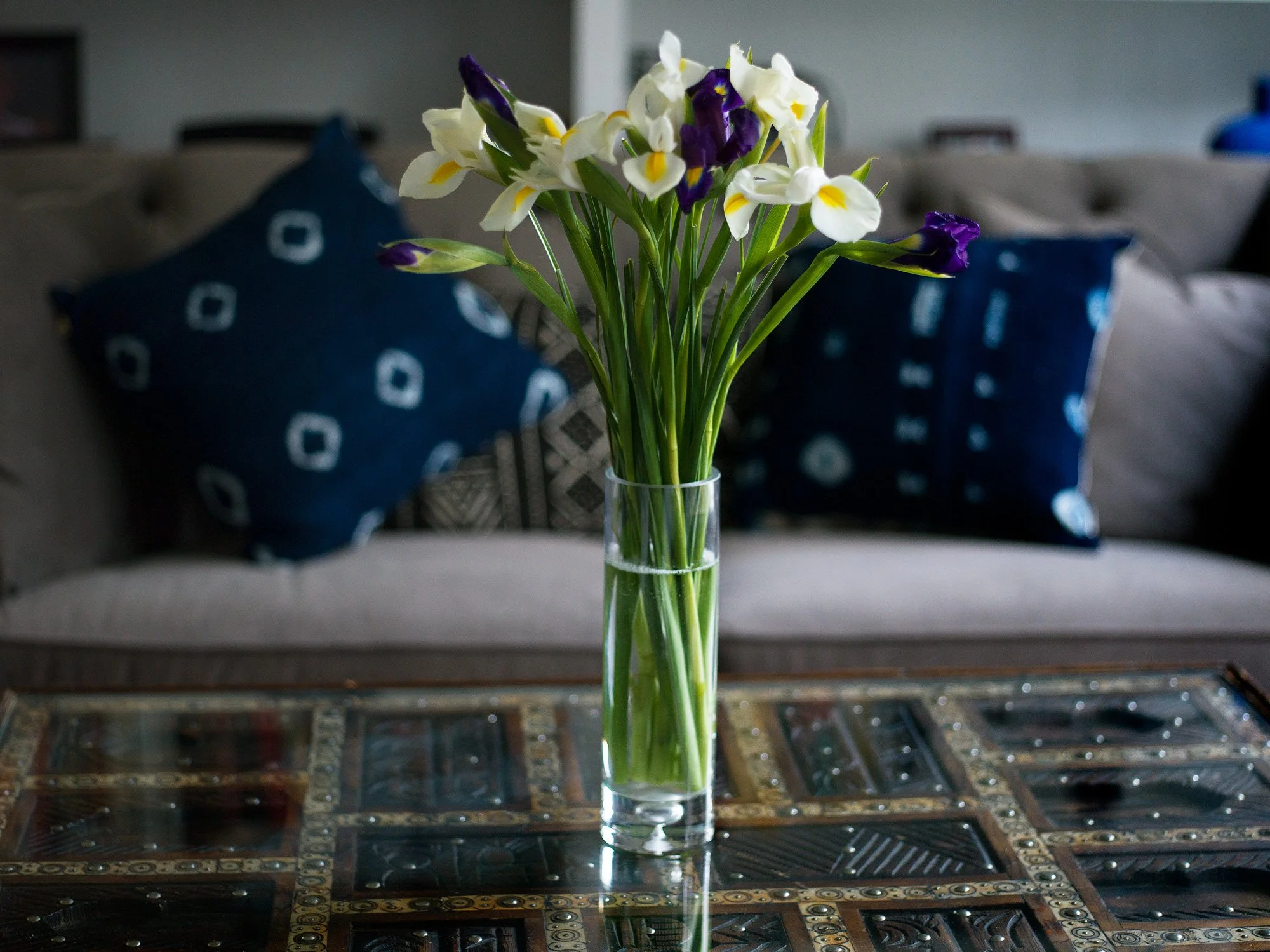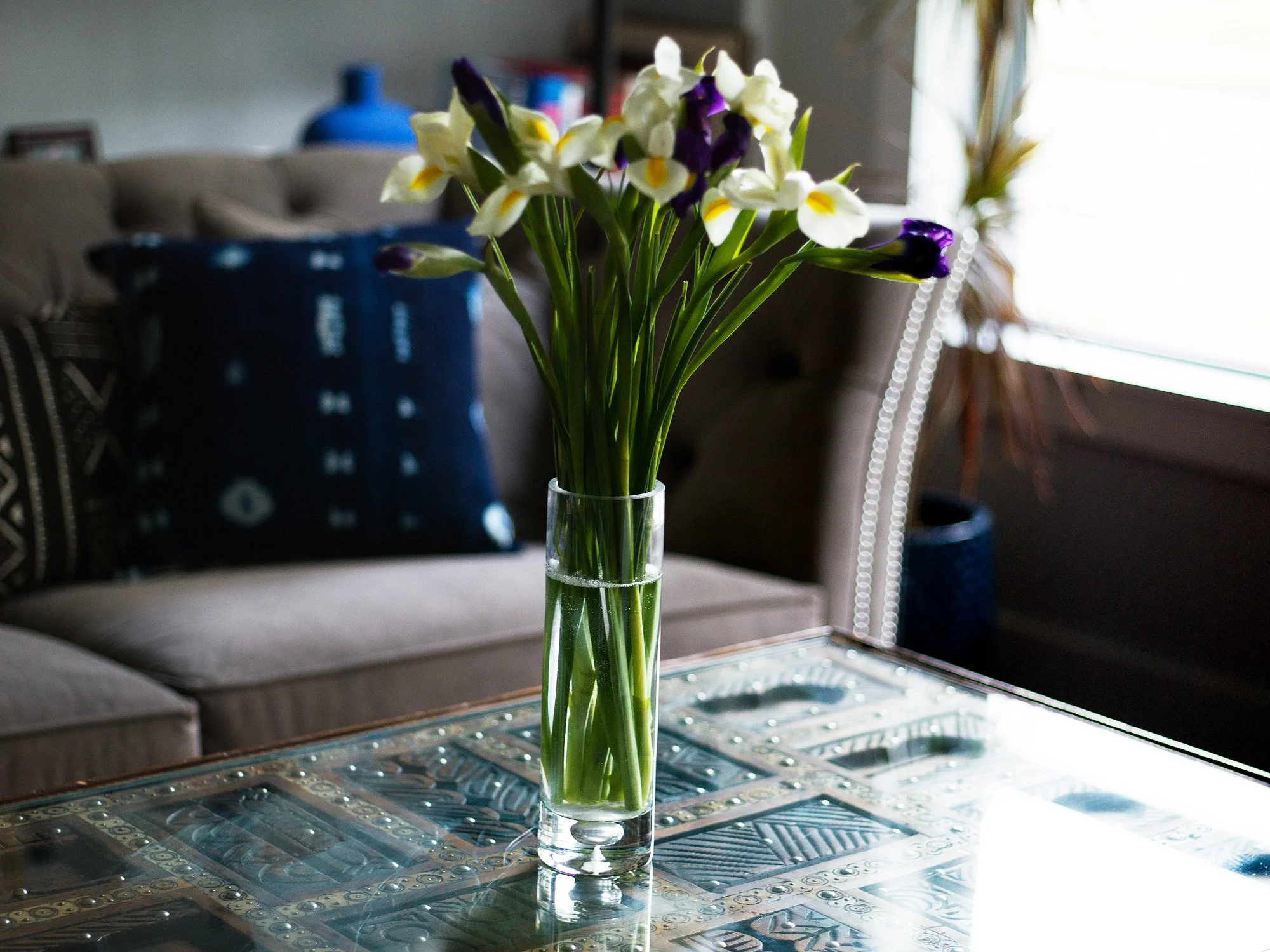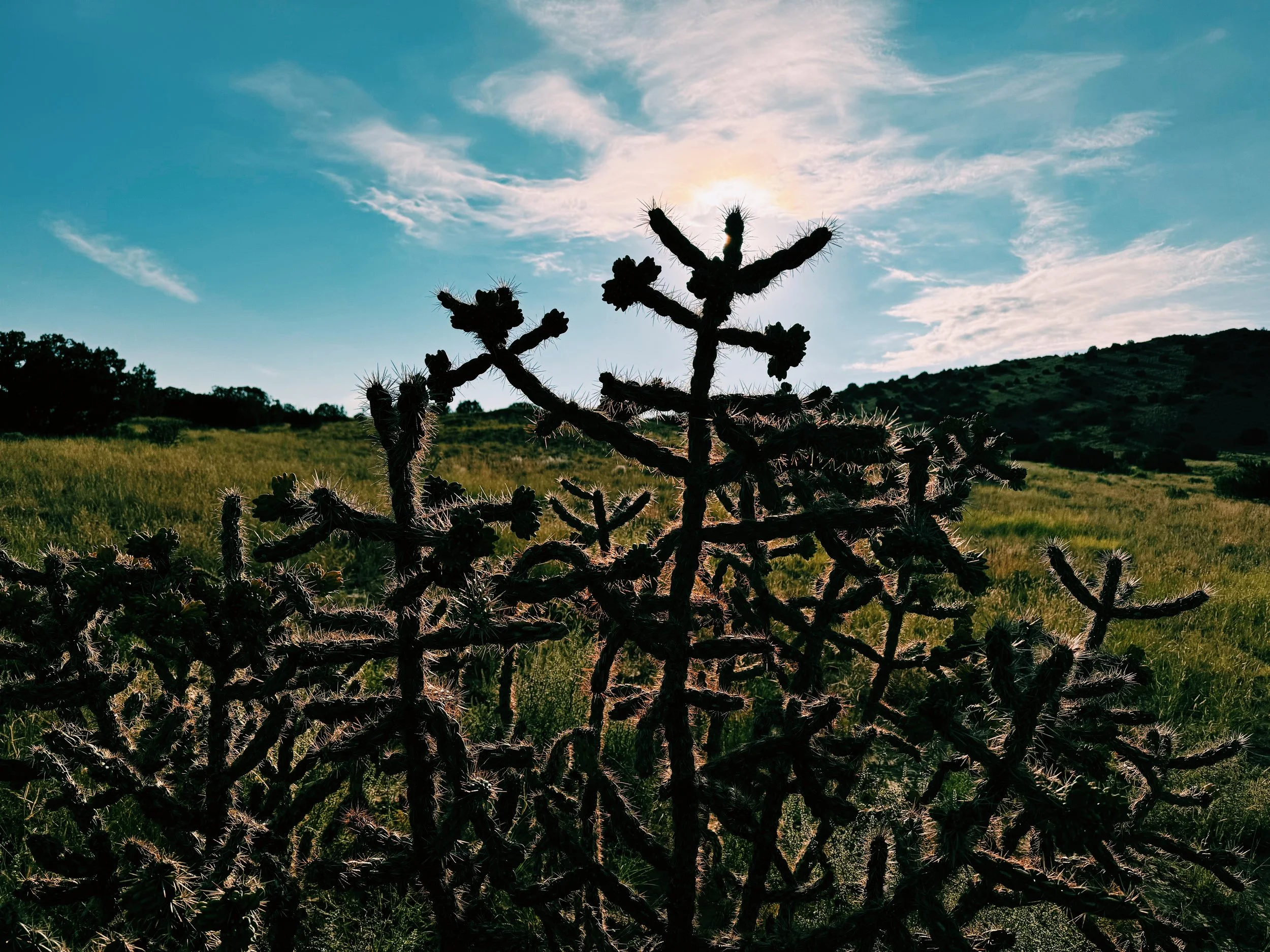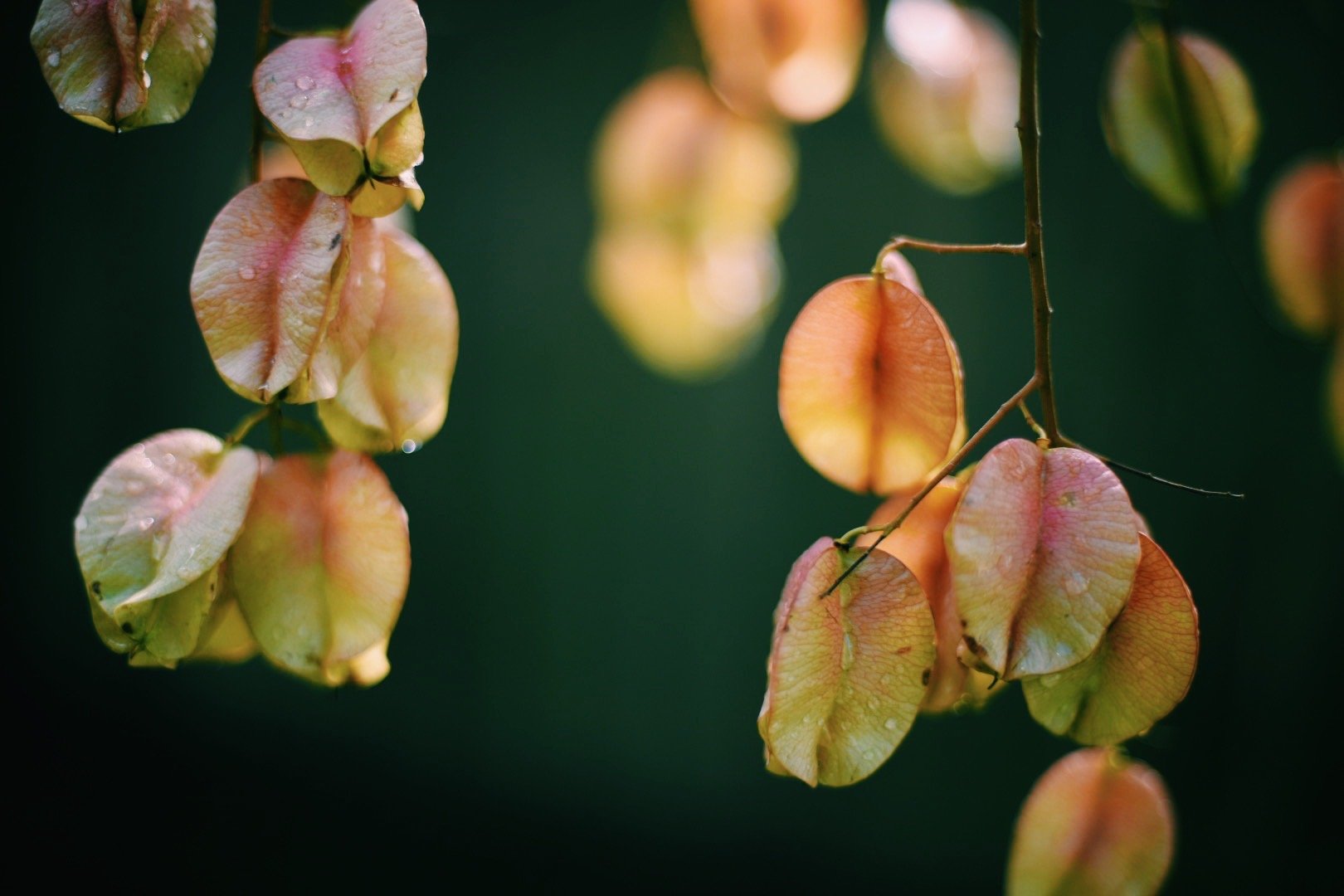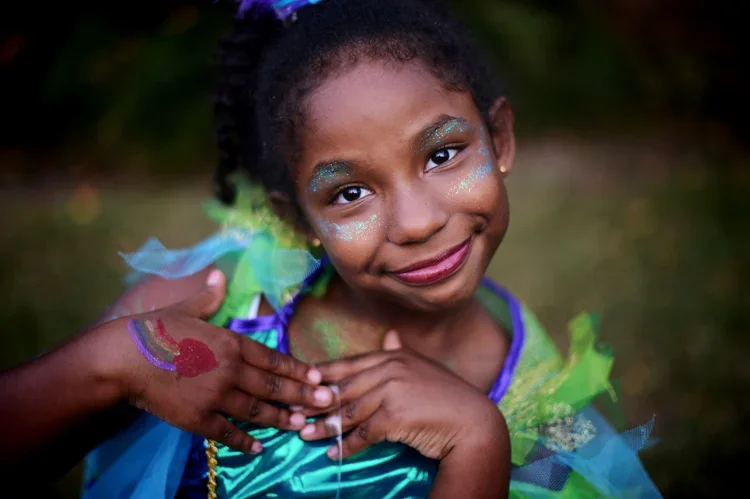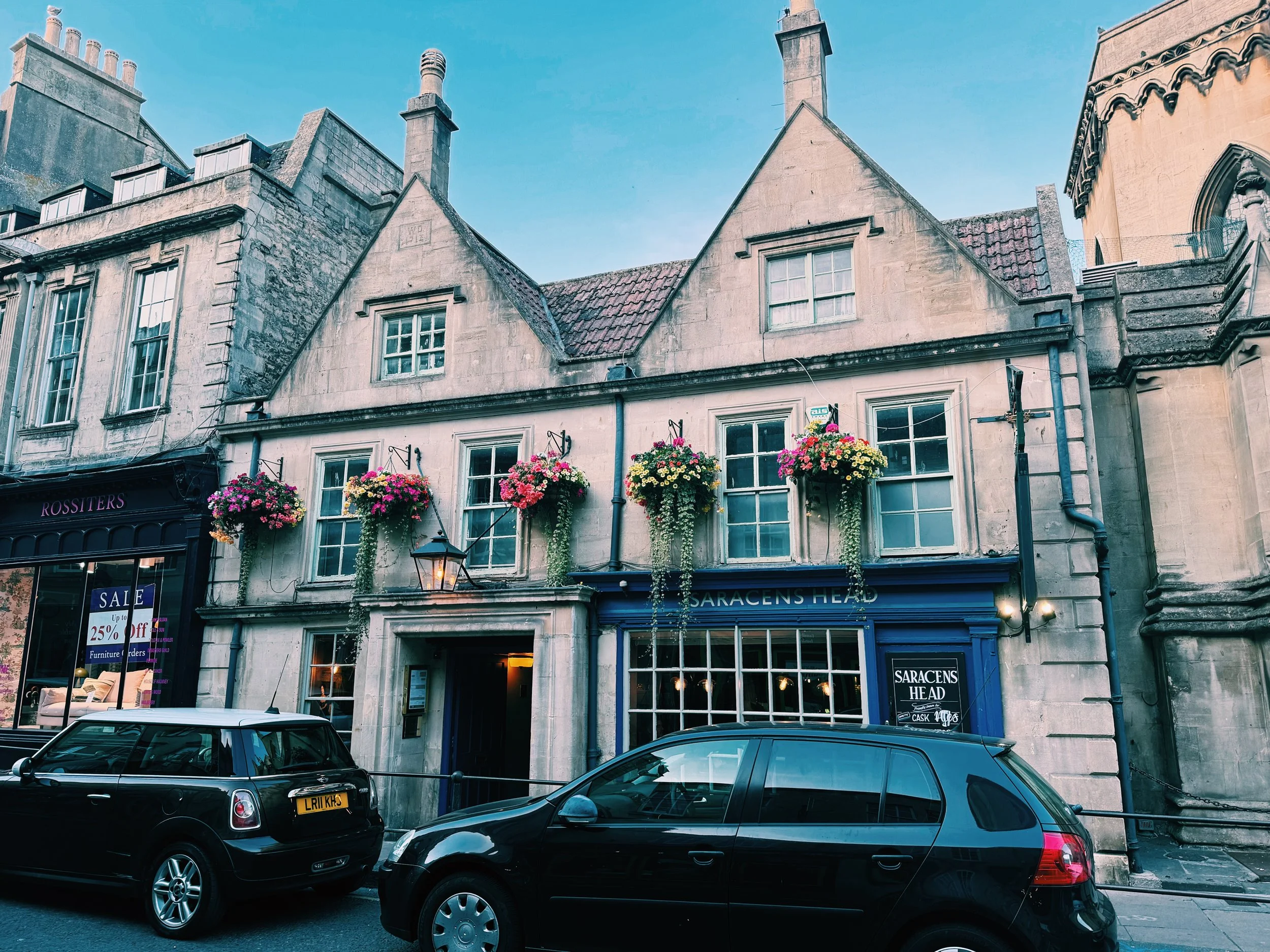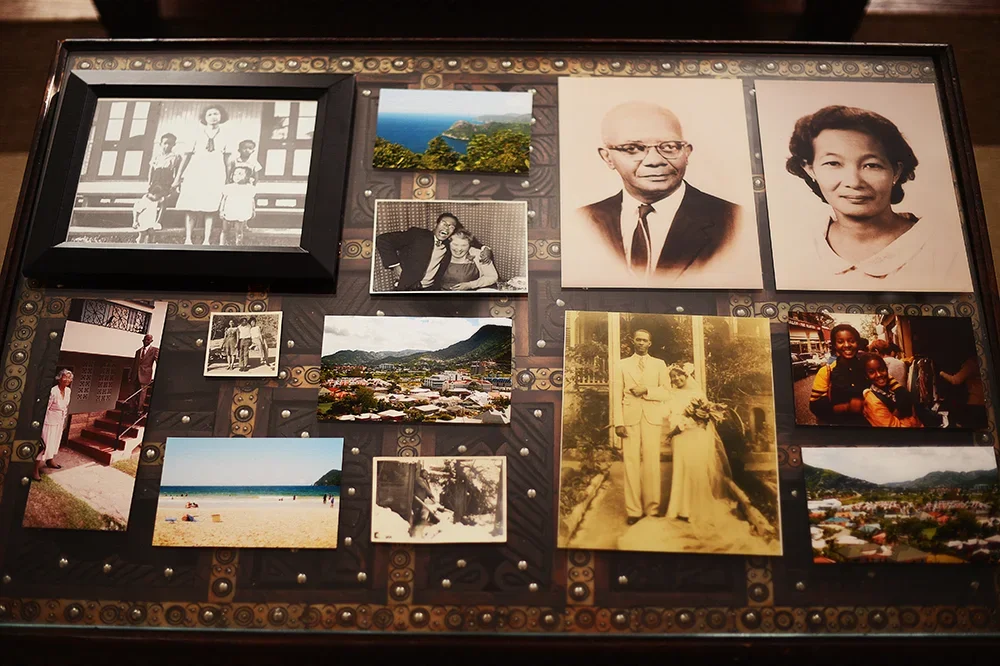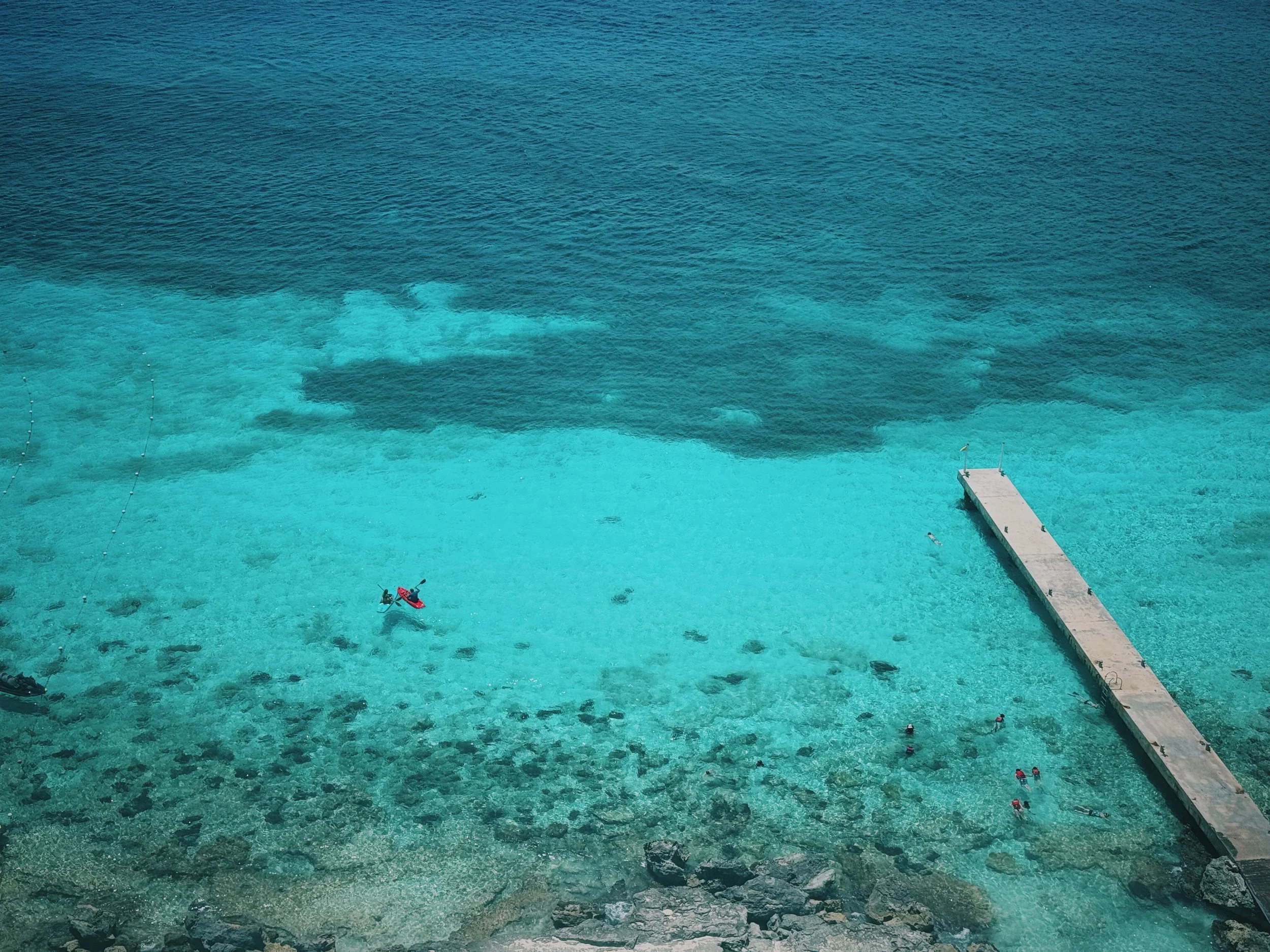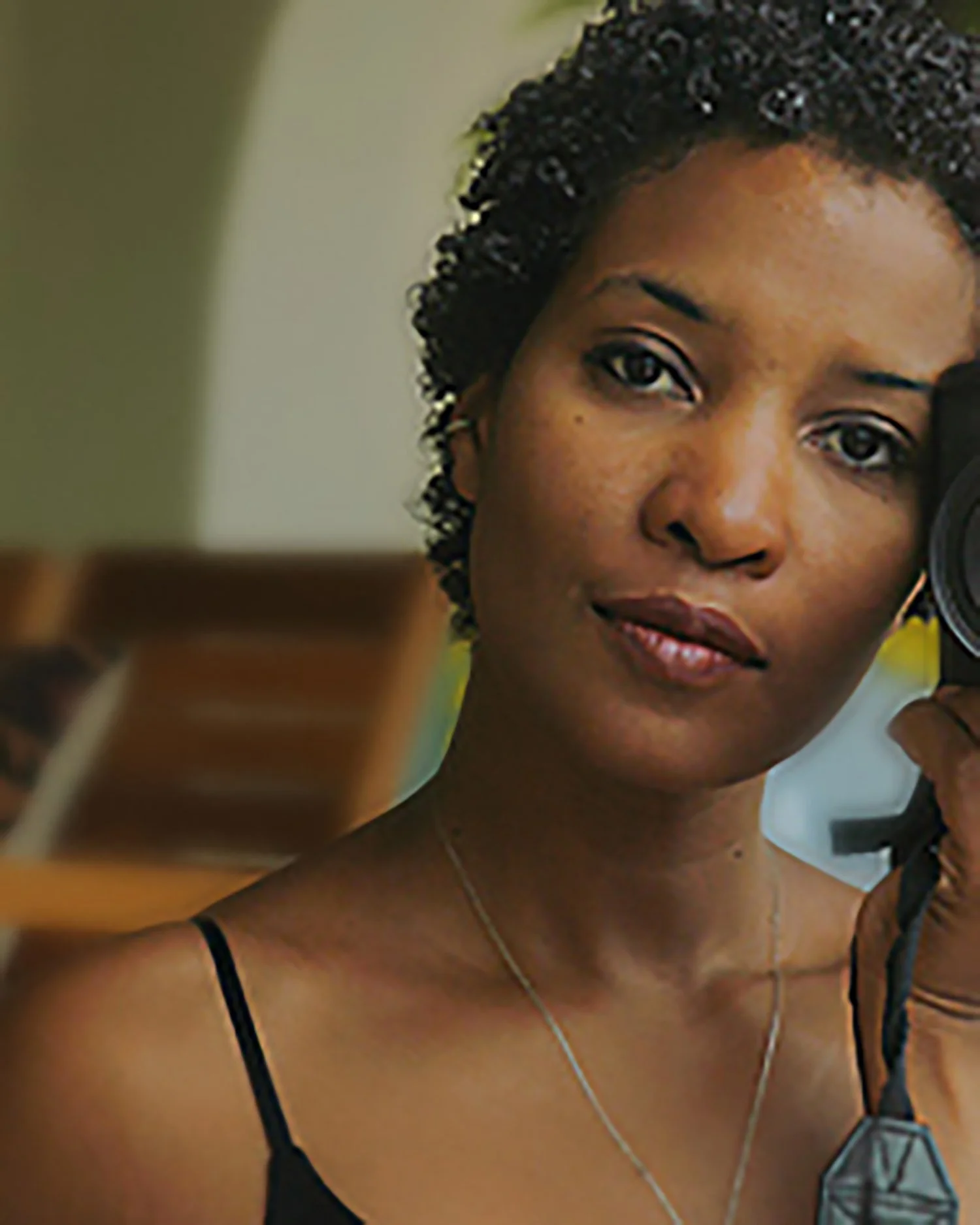slow practice
When I first began to practice photography (30 years ago this year, holy smokes), I had no intention of being any good at it. In fact, I assumed that I would never be good at it: I’d grown up believing that I was more analytical than artistic, but figured I’d give photography a whirl because a camera is a machine and I had an engineering degree, so surely I could figure it out, right? So I called my friend Josef, a fashion photographer, and asked him to go with me to buy a camera.
“What do you want to shoot with it?” he asked.
“I want to shoot like you,” I said, “but instead of models, I just want to take great photos of my friends and future family. I don’t plan on making money at it. I just want to see if I can do it.”
“Okay,” he responded. “But you’re going to buy a second-hand camera, and you should prepare to spend at least $500. Nothing less.”
I gulped. Thirty years ago, $500 felt like a ridiculous amount of money, especially for a second-hand camera, especially for film, since at that time digital wasn’t really a thing. But I agreed, and the following weekend, he took me to Houston Camera Exchange and I bought my very first camera: the body was about 10 years old, and the lens was almost 25 years old.
I spent $501.00.
The next day, Josef took me out to show me how to use the camera, and from there I had a relatively consistent practice (to the extent that I didn’t run out of film or had to space out how many film cartridges I processed at once, due to the cost). I had no idea what I was doing. But the truth is that even when you do know what you’re doing, shooting with film is a slow, meditative process:
You think about whether or not you really want to take the photograph — film is expensive and you don’t want to use up the film in your camera too quickly.
You manually focus the lens.
You think about aperture and shutter speed settings in relation to the available light and the film speed and set them accordingly, all while hoping that your calculations are correct because it’s going to be a minute before you see if you got it right.
You take the photo. But then, you have to take a moment to advance the film before you can take the next shot.
Once you’ve used up the film, you wind it off the camera and take it to be processed, which can take hours or, if you’re using a special film that your local pharmacy can’t handle, days or even weeks.
Shooting with film is an exercise in patience, is what I’m saying.
Inevitably, I eventually acquired a digital SLR camera, and unsurprisingly, my mind was blown: Autofocus! Instantaneous images! The ability to shoot multiple frames a second! And the fact that I could download the images to my computer and process them myself? Gamechanger. I taught myself basic Photoshop, and suddenly I was shooting every single day, finally able to make images that didn’t test my patience or capacity for waiting to see the final product. But the truth is that what I gained in efficiency, I lost in mindfulness. Without having to slow down, and with the ability to shoot 30 to 40 frames in rapid succession, my appreciation of the moment disappeared: photography became more about the end-product, rather than the during-experience. And after years of shooting with various DSLRs, it’s not surprising that by the time 2017 rolled around and our family suddenly found ourselves having to rebuild from the Hurricane Harvey devastation, photography, for me, had fallen somewhat by the wayside — I’d forgotten how to shoot as a practice of self-care.
Fast forward to the end of 2023, and after literal years of deliberating, I splurged on a digital back for one of my favorite cameras I’ve collected over the years, a vintage, medium format film camera. It arrived a few days ago, and I couldn’t be more delighted. I can download the photos to my computer and process them just like I do with my digital SLR, but because the front of the camera is vintage, everything about the act of shooting is as slow as when I first learned photography. I have to manually focus through a viewfinder that I look down into, instead of holding the camera to my face. I have to think slowly and methodically about aperture and shutter speed and ISO as I evaluate the light. And — perhaps my very favourite part — instead of shooting dozens of photos a second, I have to turn the crank on the side of the camera after each shot, just as I used to advance the film when I bought my first film camera with Josef thirty years ago.
The during-experience is back.
And so, I’m returning to my photography love, in a way that allows me to slow down in my daily practice without spending tons of money on film or having to find a developer who knows how to process medium format film. (The photos in this post were taken with my new/old toy.) I don’t know that I’ll ever get “really good” at photography — whatever that means — but honestly, that’s not the point. The point is the during-experience. And it occurs to me that photography doesn’t hold a monopoly on the practice of slowing down. Outside of yoga and meditation, there are so many avocations that require slow concentration — spending time tending a garden, for example. Or making complicated pastry. Or even painting. Or reading a book. So this year, I’m planning on cultivating as many during-experiences as I can, focusing less on end-products. I suspect doing so in slow practice is where the mindfulness and self-compassion lie.
With me?
